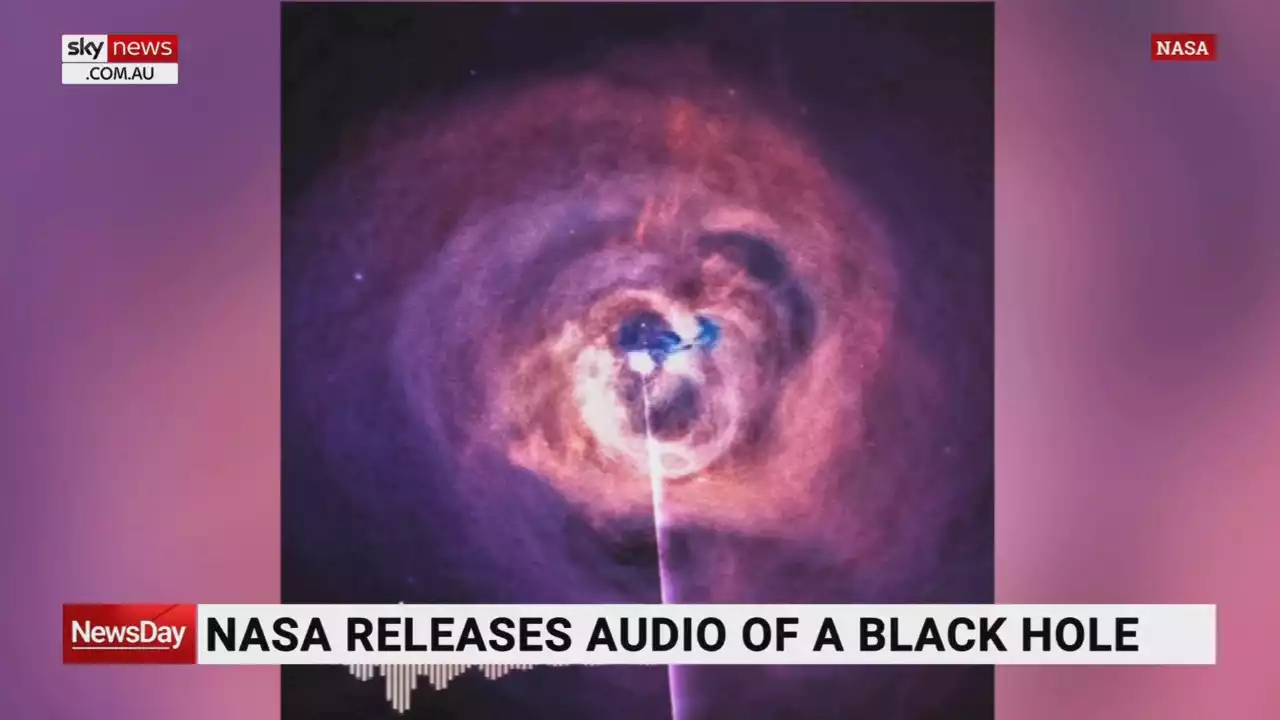Australia's catastrophic Black Summer bushfires significantly affected the hole in the Earth's ozone layer, according to a new report.
A new report has examined the impact of the"millions" of tonnes of smoke emitted during Australia's 2019-2020 bushfires.
Pyrocumulonimbus clouds, referred to as the "fire-breathing dragon of clouds" by NASA, are so powerful they can affect the local weather, causing fire tornadoes and lightning storms. The result was "millions of tonnes of smoke and associated gases being injected into the upper troposphere and lower stratosphere", according to researchers from the University of Exeter and the University of Manchester.
The hole was first created by human pollution - particularly the chlorofluorocarbons that were once emitted from many refrigerators - but in recent decades, global cooperation has given the ozone layer a chance to repair.The Montreal Protocol, signed in 1987 and since ratified by 195 countries, sharply reduced the amount of CFCs in the atmosphere, and the ozone layer was expected to fully recover by 2060, according to United Nations modelling.
Australia Latest News, Australia Headlines
Similar News:You can also read news stories similar to this one that we have collected from other news sources.
 Transurban bell tolls for Lindsay MaxstedIt’s been an interminable six years since Maxsted told Transurban’s 2016 annual meeting he’d look to step down before 2019.
Transurban bell tolls for Lindsay MaxstedIt’s been an interminable six years since Maxsted told Transurban’s 2016 annual meeting he’d look to step down before 2019.
Read more »
 La Niña rainclouds bring silver lining as fire risk stays low across much of eastern AustraliaNational outlook shows persistent wet weather and low fuel loads tempering likelihood of bushfires in areas ravaged by black summer
La Niña rainclouds bring silver lining as fire risk stays low across much of eastern AustraliaNational outlook shows persistent wet weather and low fuel loads tempering likelihood of bushfires in areas ravaged by black summer
Read more »
NSW and ACT to see below-normal fire danger but other states at riskAustralia&x27;s national council for fire and emergency services has revealed a state and territory prediction for the upcoming spring and summer.
Read more »
 NASA releases audio of black holeNASA has released audio which represents sound waves coming from a black hole at the centre of the Perseus galaxy cluster. Galaxy clusters often release large amounts of gas, providing a medium through which sound waves can travel. The original noise is too low for the human ear to detect because it is 57 octaves below middle C, according to NASA. The process of sonification was used to translate the notes into sounds humans can hear.
NASA releases audio of black holeNASA has released audio which represents sound waves coming from a black hole at the centre of the Perseus galaxy cluster. Galaxy clusters often release large amounts of gas, providing a medium through which sound waves can travel. The original noise is too low for the human ear to detect because it is 57 octaves below middle C, according to NASA. The process of sonification was used to translate the notes into sounds humans can hear.
Read more »
 ‘Spooky’ but not surprising NASA recorded sound: Sara WebbSwinburne University Astrophysicist Dr Sara Webb says the audio of a black hole was “very spooky” but not surprising as black holes do a lot to the environment surrounding them. NASA has released audio of a black hole using a process known as sonification, which re-synthesises the soundwaves into the range of human hearing. “So, what we’re hearing is those pressure waves radiating out from this rotating black hole and hitting all that hot dust and gas,” Dr Webb told Sky News Australia. “The process of sonification is incredible cause it means we can take data which is really just numbers in a computer and transfer it into something more enjoyable for us to try and understand because if it was just numbers, it wouldn’t be as wow would it”.
‘Spooky’ but not surprising NASA recorded sound: Sara WebbSwinburne University Astrophysicist Dr Sara Webb says the audio of a black hole was “very spooky” but not surprising as black holes do a lot to the environment surrounding them. NASA has released audio of a black hole using a process known as sonification, which re-synthesises the soundwaves into the range of human hearing. “So, what we’re hearing is those pressure waves radiating out from this rotating black hole and hitting all that hot dust and gas,” Dr Webb told Sky News Australia. “The process of sonification is incredible cause it means we can take data which is really just numbers in a computer and transfer it into something more enjoyable for us to try and understand because if it was just numbers, it wouldn’t be as wow would it”.
Read more »
